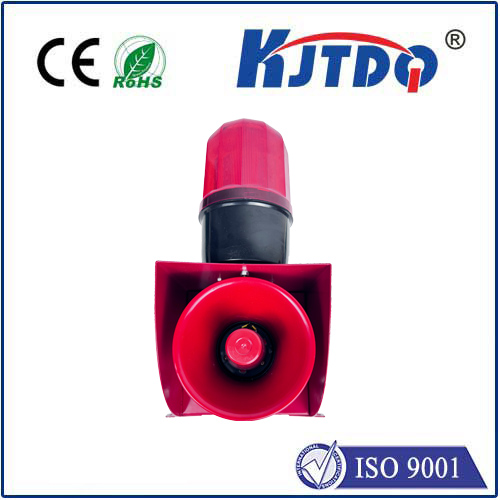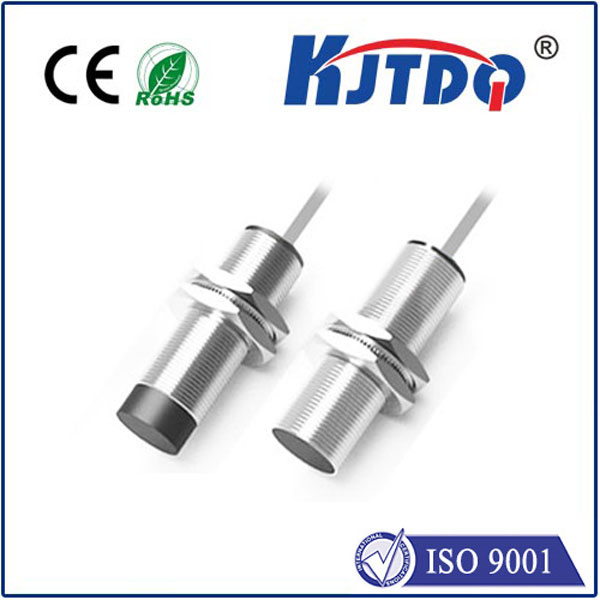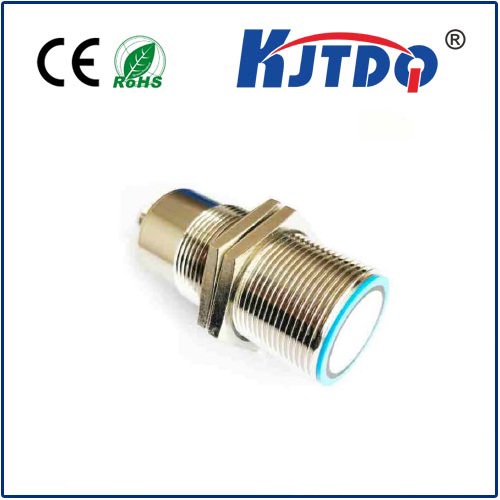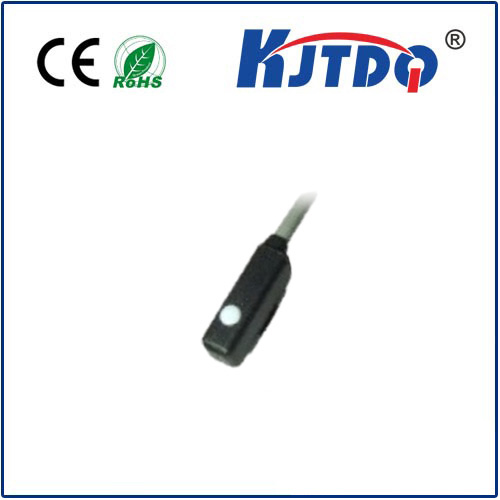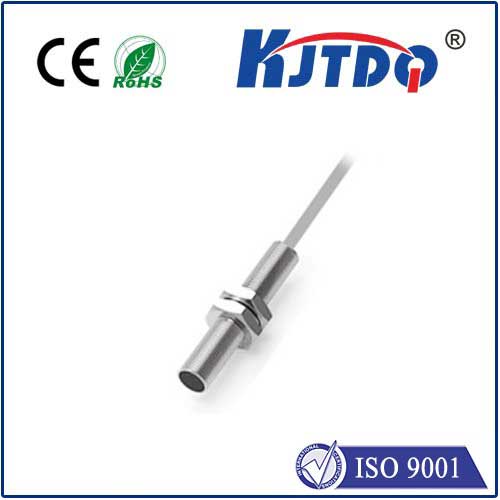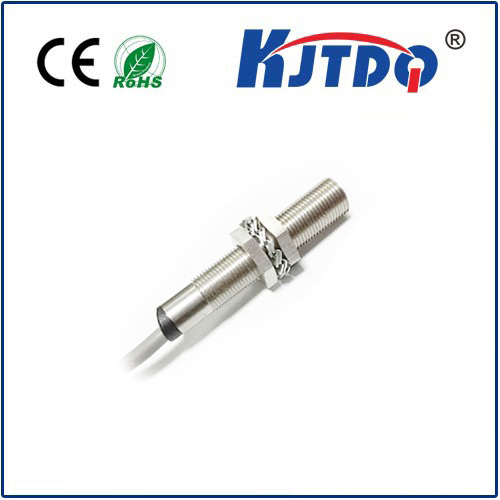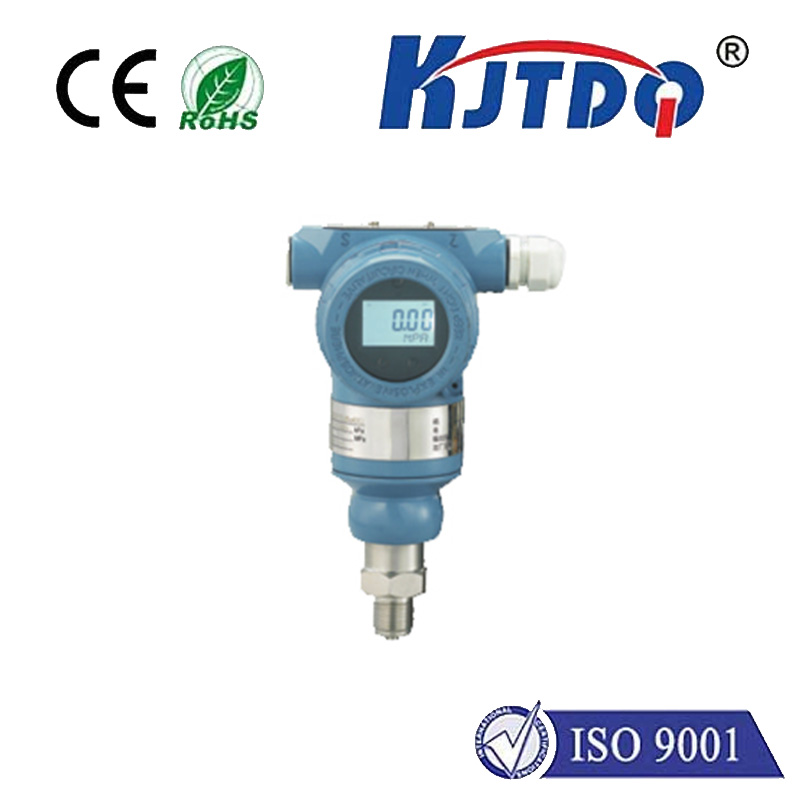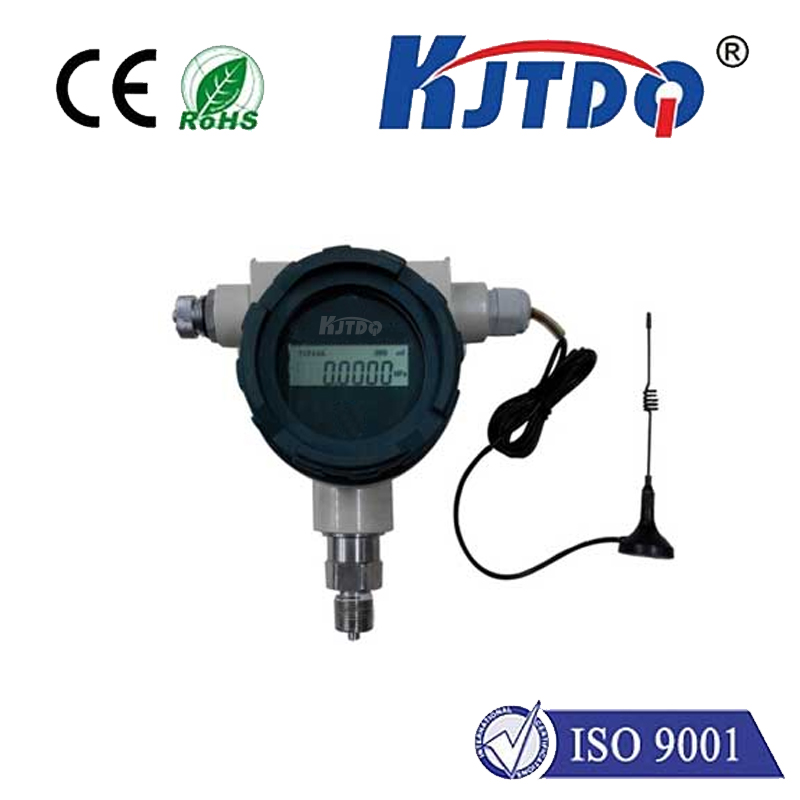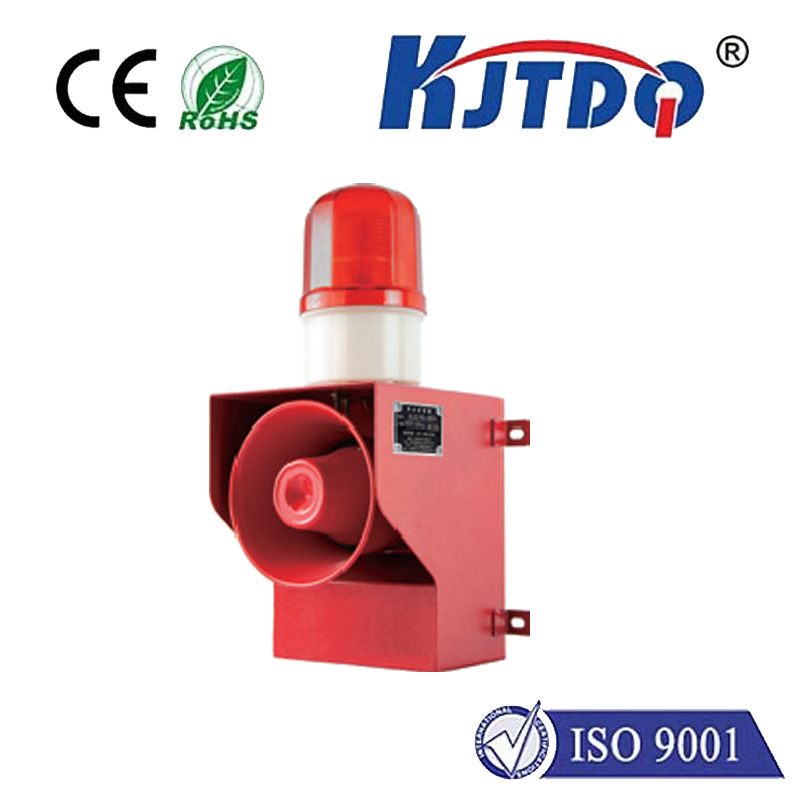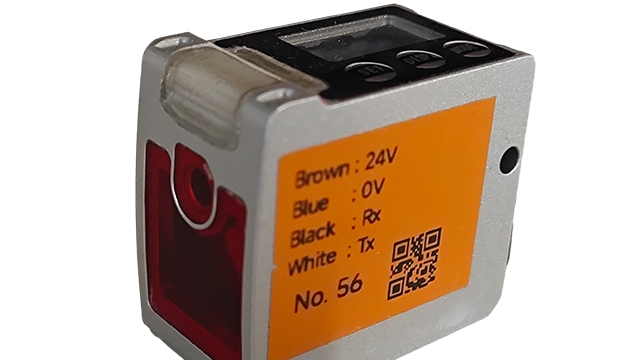
check

check

check

check
Title: Understanding AC Limit Switches: Their Role in Efficient Control of Electrical Appliances
Introduction
In the world of electrical appliances, controlling the power supply to ensure efficient and safe functioning is crucial. One key component in this control system is the AC limit switch, which helps regulate the amount of electricity that flows through an appliance. In this article, we will delve into the workings of AC limit switches, their importance, and how they contribute to the overall performance of electrical devices.
What are AC Limit Switches?
AC limit switches, also known as thermal or overcurrent protection devices, are designed to prevent electrical appliances from experiencing excessive heat damage or electrical overload. These switches work by monitoring the current flowing through an appliance and shutting off the power supply when it reaches a predetermined threshold. This helps protect both the appliance and the user from potential hazards and ensures consistent performance.
Components and Functioning Principles
AC limit switches consist of several components, including a trigger mechanism, a reset mechanism, and a coil or resistor that measures current flow. When the current passing through the coil exceeds the set limit, the trigger mechanism trips, interrupting the power supply to the appliance. The reset mechanism then re-engages the power supply after a short delay, allowing the appliance to resume operation.
The functioning principle of an AC limit switch is based on the concept of thermal energy transfer. As current flows through the coil, it generates heat, which causes the switch contacts to open. Once the contacts open, the voltage across them drops, creating a path for electrical energy to flow freely. This flow of energy is measured in amperes (A). If the current continues to exceed the limit setting, the temperature at which the switch contacts open will increase, eventually causing them to burn out.
Importance and Applications
AC limit switches play a critical role in ensuring the safe and efficient operation of electrical appliances. They help prevent overheating, fire hazards, and electrical overloads that can cause damage to both the device and its users. Some common applications of AC limit switches include:
1. Refrigerators: Limit switches are used to prevent excessive coolant loss due to leaks or other problems, which can cause the refrigerator's compressor to shut down.
2. Air conditioners: These switches help prevent motor burnout caused by high currents or short-circuits.
3. Industrial equipment: Limit switches are used in various industrial processes to safeguard against hazardous conditions such as electrical shock or machinery failure.
4. Cooking appliances: They help prevent fires caused by improper use or overheating in stoves, ovens, or grills.
Conclusion
AC limit switches are essential components in maintaining safe and efficient operation of electrical appliances. By monitoring current flow and preventing excessive heat generation or electrical overloads, these switches protect both consumers and manufacturers from potential hazards. Understanding their functioning principles is crucial for proper installation, maintenance, and troubleshooting of these devices in various applications.
